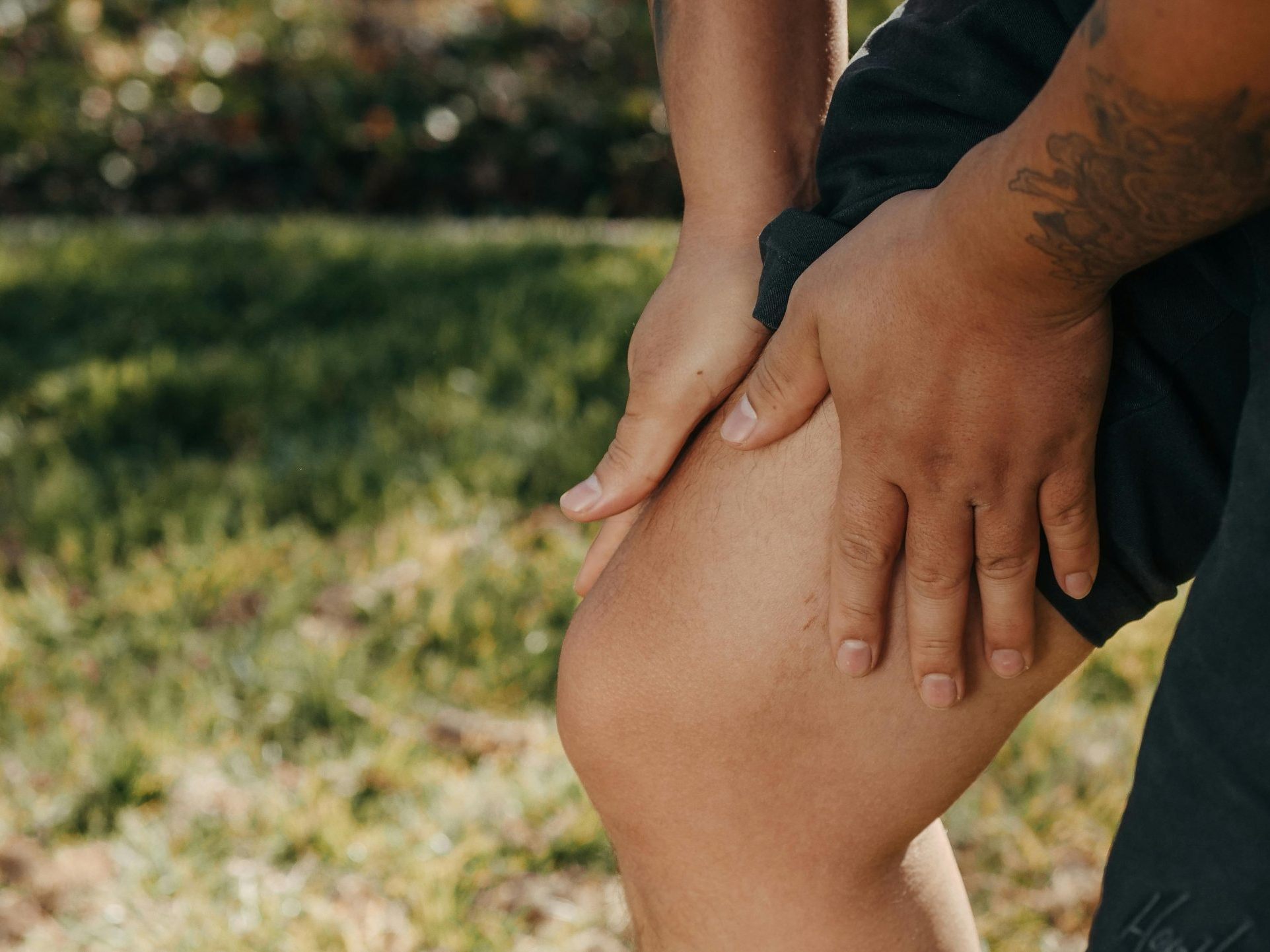Knee Osteoarthritis: Researchers Discover Simple Method for Relief Without Medication

A changed foot angle when walking can relieve pain like ibuprofen and slow down cartilage degradation in the knee: Osteoarthritis is one of the most common joint diseases worldwide – almost a quarter of adults are affected. The disease leads to painful cartilage degradation, limited mobility, and often ends in joint replacement. A new study from the University of Utah now suggests that targeted gait training can significantly slow the progression of the disease.
Foot Angle as Key to Pain Relief
As part of a year-long, controlled study, researchers examined the effect of small walking adjustments on pain and cartilage damage. Specifically, the angle of the foot was slightly turned inward or outward, depending on individual load. The goal was to reduce the load on the inner knee area (medial compartment), which is particularly stressed in osteoarthritis.
Individual Adjustment Through Technology
At the beginning of the study, all participants were comprehensively analyzed using MRI, pressure sensors, and motion cameras. Based on this data, the researchers calculated for each person whether a foot rotation of five or ten degrees – inward or outward – best reduced knee load. During the six-week training phase, participants wore a vibration device on the shin, which gave them immediate feedback on deviations from the target angle. This allowed the new walking pattern to be effectively learned and adopted into everyday life in the long term.
Effectiveness Comparable to Medication
The result: Participants in the intervention group reported significantly lower pain intensity than those in the placebo group. MRI images also showed less degradation of cartilage tissue. According to study author Scott Uhlrich, the pain relief is comparable to common painkillers – in some cases even to opioid-containing preparations.
Long-term Benefits for Younger Patients
Especially for middle-aged individuals who are still decades away from a potential joint surgery, gait training could offer a cost-effective and medication-free treatment option. The researchers now plan to optimize the method for clinical use – for example, with the help of smart shoes or smartphone videos.
What Exactly Happens in a Joint with Osteoarthritis?
Osteoarthritis is a degenerative joint disease characterized by the progressive breakdown of joint cartilage. Over time, the protective and shock-absorbing cartilage layer in the affected joints becomes thinner and rougher. As a result, the bones rub directly against each other, which can lead to pain, movement restrictions, and sometimes joint stiffness.
In contrast to arthritis, which is primarily inflammatory, osteoarthritis is primarily a wear-and-tear process without primary inflammation. However, in advanced stages, it can lead to secondary inflammatory reactions, known as "activated osteoarthritis."
Info: In medial knee osteoarthritis, the inner joint area is affected, which is more stressed during walking. Changing the foot angle can reduce this stress. An individual analysis of the gait pattern is crucial – general recommendations are not effective according to studies.
Source: This article is partially based on information from the Independent and the study from The Lancet Rheumatology, as of August 18, 2025.
This article has been automatically translated, read the original article here.





